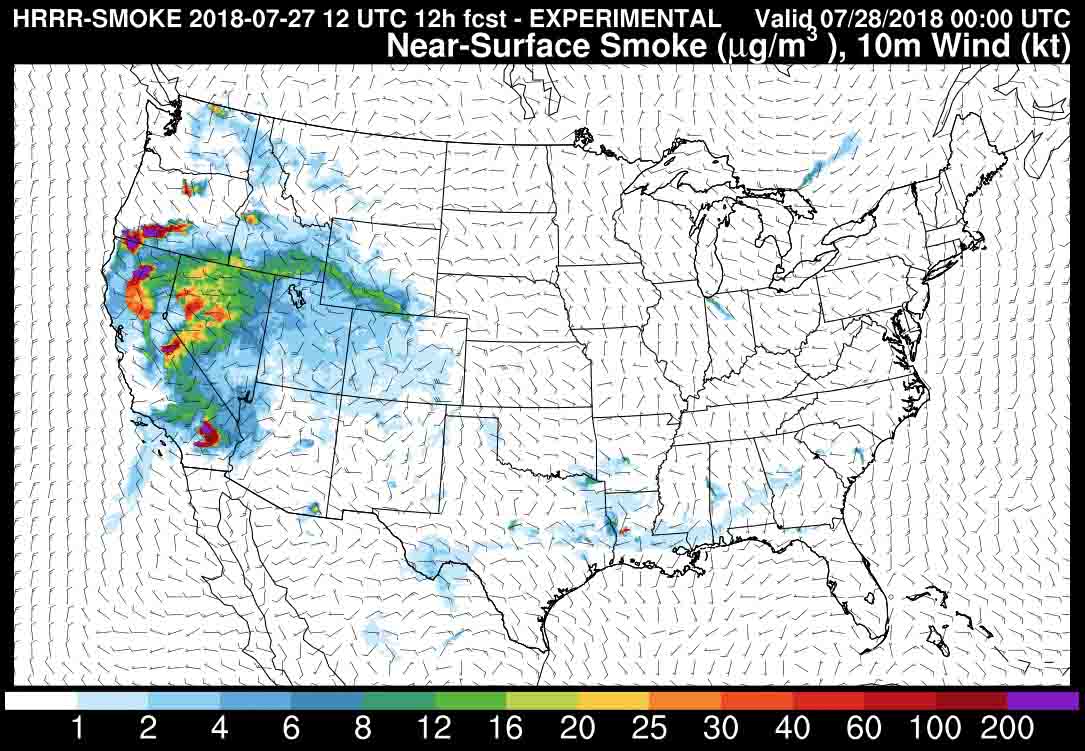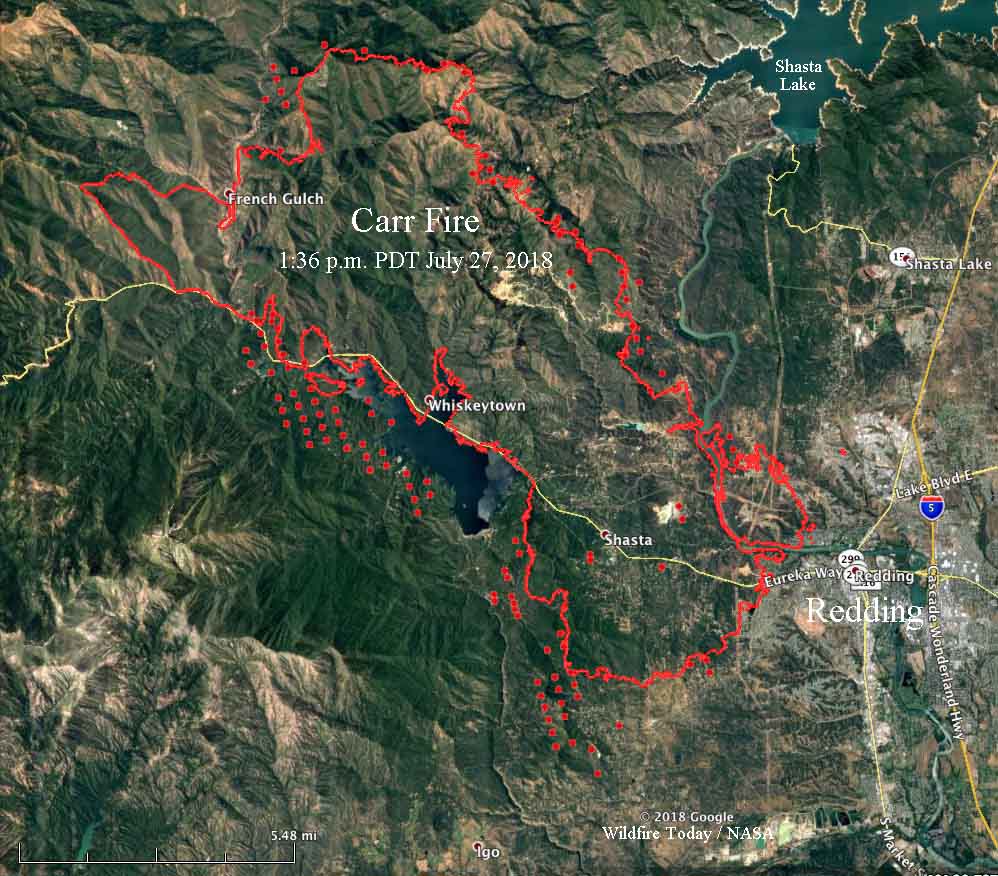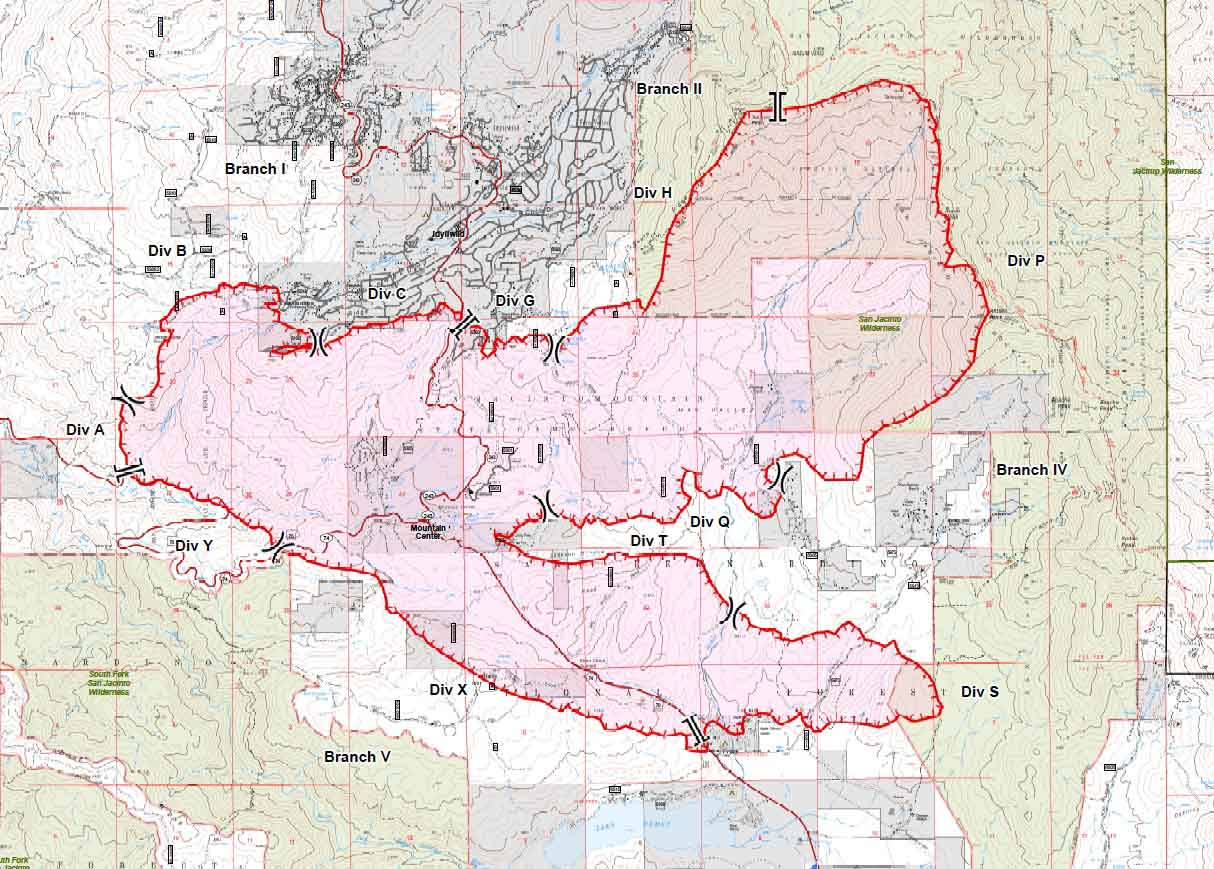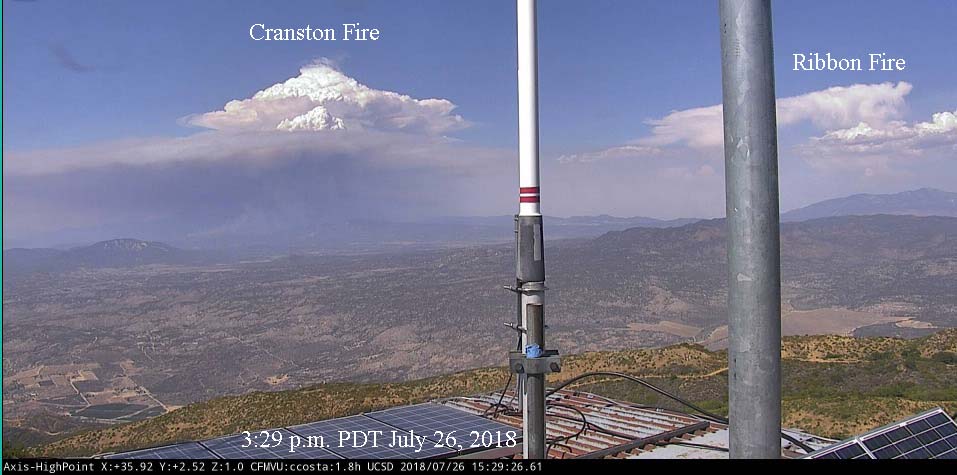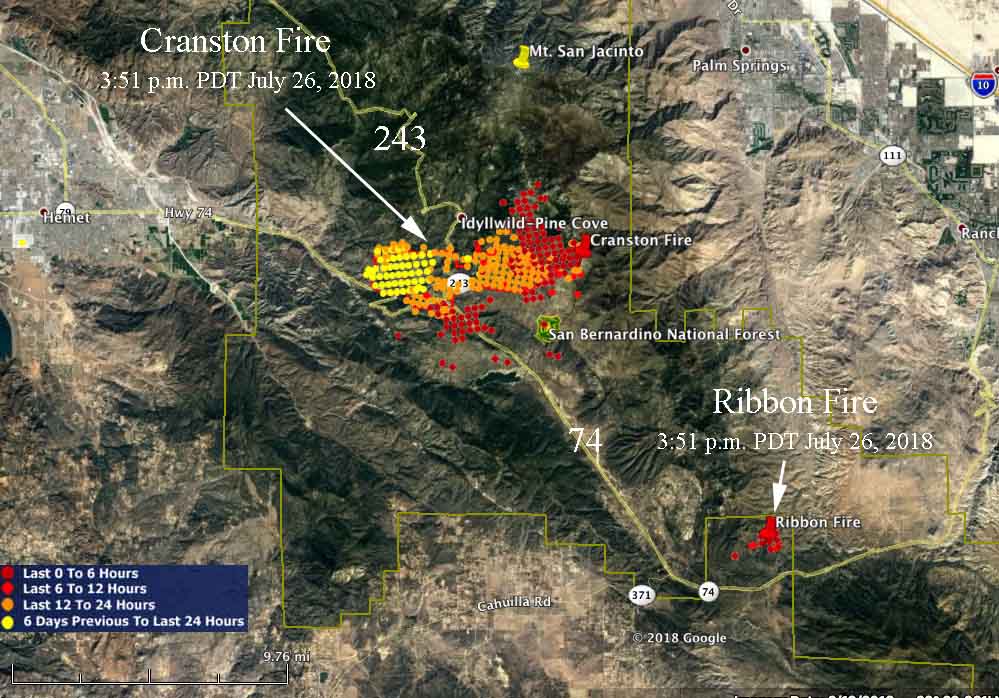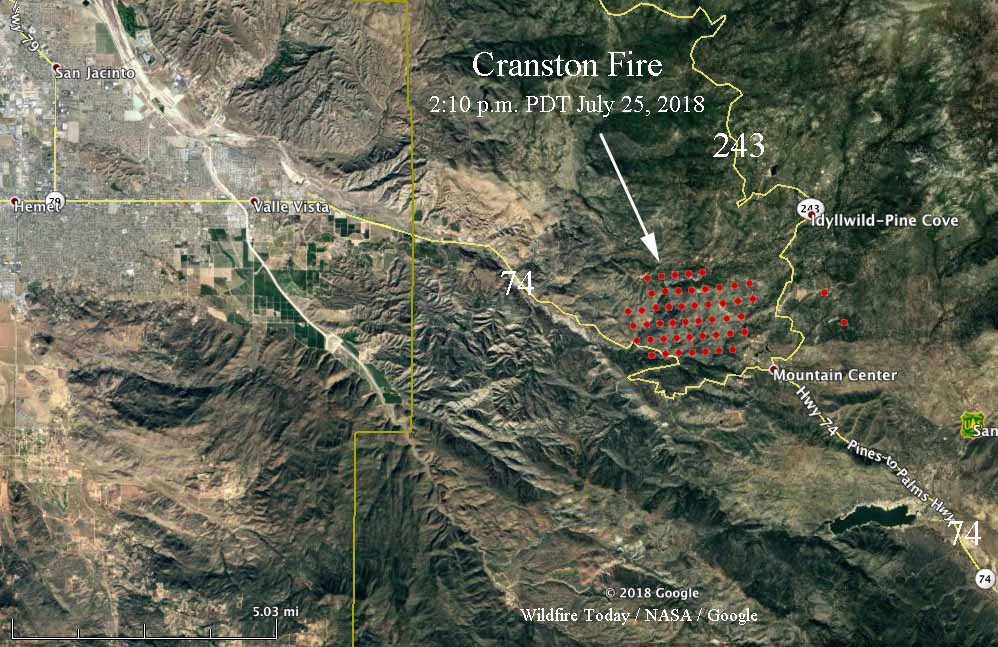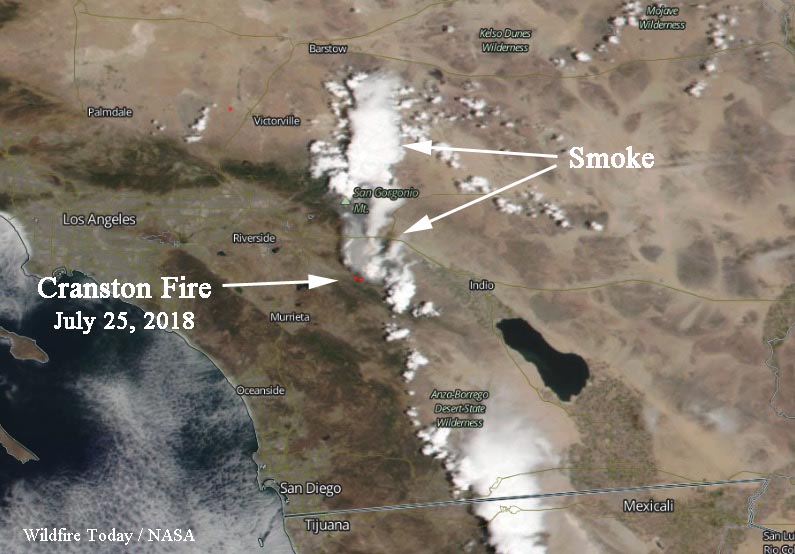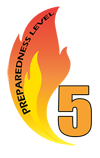 Today at 2 p.m. MDT the National Multi-Agency Coordinating Group (NMAC) raised the preparedness level to the maximum of 5, due to large fire and initial attack activity, increasing mobilization, and competition for resources. Significant wildland fire potential is above normal in all or large portions of California, Oregon, Washington, Nevada, Utah, Idaho, and northwest Montana.
Today at 2 p.m. MDT the National Multi-Agency Coordinating Group (NMAC) raised the preparedness level to the maximum of 5, due to large fire and initial attack activity, increasing mobilization, and competition for resources. Significant wildland fire potential is above normal in all or large portions of California, Oregon, Washington, Nevada, Utah, Idaho, and northwest Montana.
Large destructive fires are currently burning in Southern California, Northern California, Southwest Oregon, and Utah.
Nationally 527 hand crews and a total of 0ver 20,000 personnel are assigned to fires. These are very large numbers that are not reached every year.
“A significant amount of initial and extended attack and large fire activity has occurred over the past several days as a result of lightning storms that have intensified local and geographic response,” said Dan Smith, chair of NMAC. “Given the continuing hot and dry weather and the increase in fire activity in the western U.S., the decision to move to Preparedness Level 5 depicts the complexity that fire managers are encountering to assure that adequate firefighting resources are available for protection of life, property and our nation’s natural resources.”
To date over 4,151,098 million acres of federal, tribal, state, and private land in the United States has burned this year, compared to the ten-year to date average 3,645,013 acres.
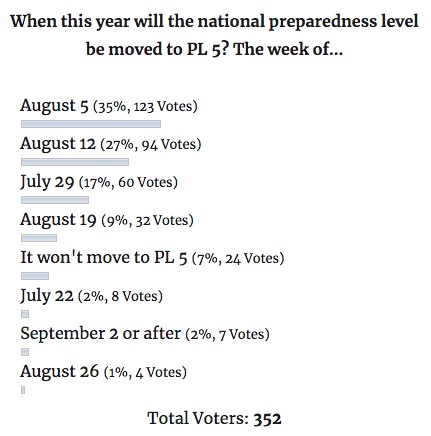
Earlier this week we conducted a poll, asking our readers which week they thought the Preparedness Level would be raised to 5. The week of July 22 was the sixth most popular answer with 8 percent of the votes.
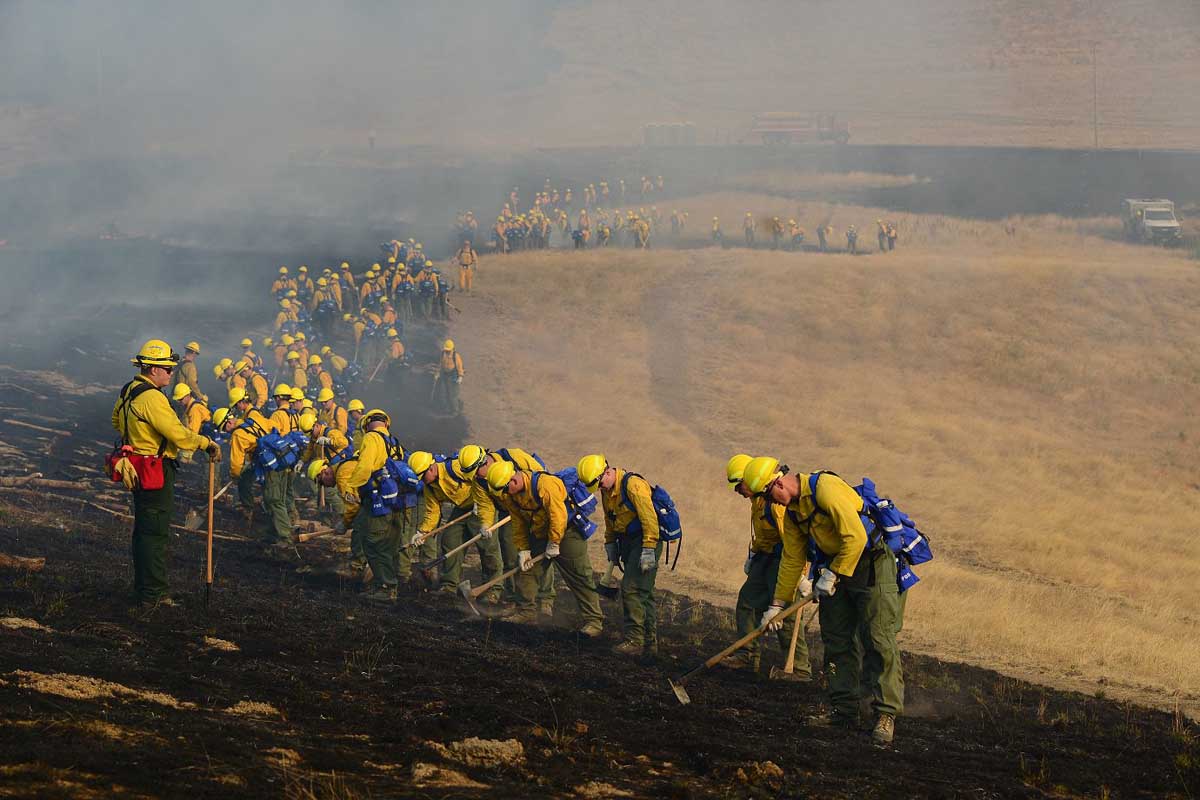
During PL-5, further assistance from the military, beyond what is already in use, and international resources may be considered and requested, and agency personnel in other positions may be activated for fire duty, but no decisions have been made concerning those steps. In 2017, 200 soldiers from bases in Washington were assigned to the Umpqua North Complex fires in Oregon for 30 days.
The last time the National Preparedness Level was raised to 5 was August 10, 2017. It remained at PL-5 for 40 days until it was dropped to 4 on September 18, 2017. This is the fourth time that PL-5 has been reached in the last ten years.

